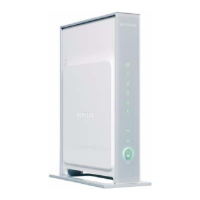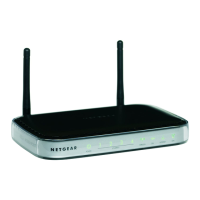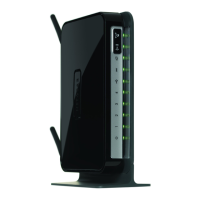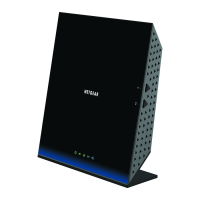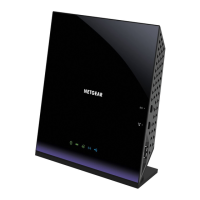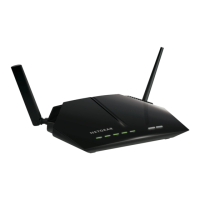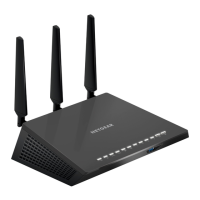What to do if my NETGEAR DG834 - ADSL Firewall Router Network Router is unable to obtain a WAN IP address from the ISP?
- MMary BerryJul 26, 2025
If your NETGEAR Network Router isn't getting a WAN IP address from your ISP, it might be due to several reasons: * Your ISP might require a specific Multiplexing Method or Virtual Path Identifier/Virtual Channel Identifier. Verify these details with your ISP and update your router's ADSL settings accordingly. * Your ISP might need a login program. Check if they require PPP over Ethernet (PPPoE) or PPP over ATM (PPPOA) login. * Assign your computer's Host Name from your ISP account to the router using the browser-based Setup Wizard. * Inform your ISP that you have a new network device and provide them with the router’s MAC address. * Configure your router to spoof your computer’s MAC address.


